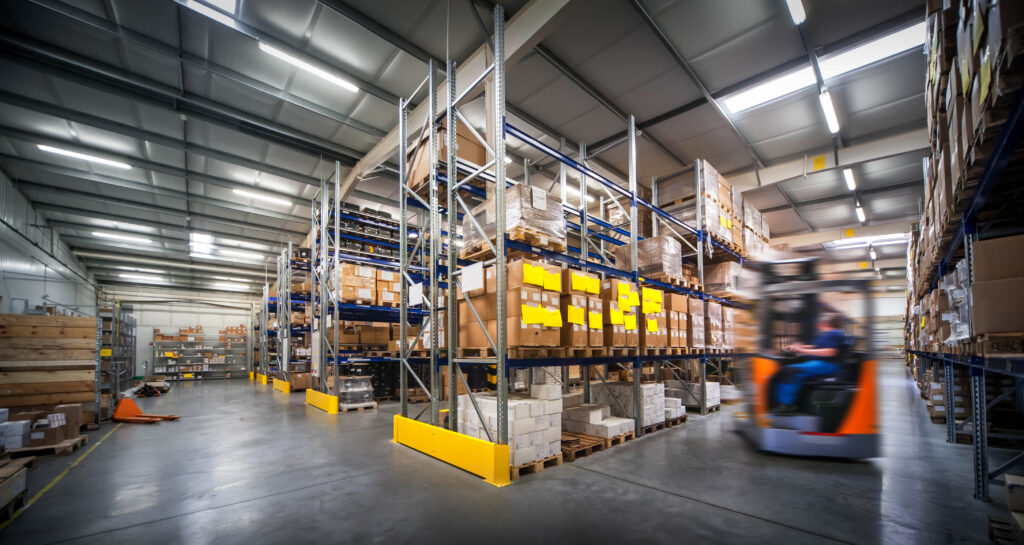Investor interest, tenant demand and business fundamentals remain at record high levels for industrial real estate in Maryland, according to real estate experts. To sustain growth in the sector, however, Maryland may soon have to address several challenges.

“If I needed to choose one word to describe the state of the industrial real estate market both locally and nationally, I would pick ‘unprecedented,’ based on continuing investor interest, tenant demand and overall fundamentals of this asset class,” explained P. David Bramble, Managing Partner of MCB Real Estate.
Bramble was speaking at a webinar sponsored by the Maryland Economic Development Association (MEDA). The event also included Jim Lighthizer, Managing Principal of Chesapeake Real Estate Group and NAIOP-MD President and Aaron Tomarchio, Senior Vice President of Corporate Affairs for Tradepoint Atlantic. The session was moderated by NAIOP-MD Board Member Karen Cherry.
Despite the optimism presented by the entire group, certain trouble areas lurk in the background that could derail these boom times.
“Basically, I have never experienced anything like this before, with tenants gobbling up available spaces instantaneously and buildings growing larger and larger,” Bramble added. “As everyone knows, malls are struggling and there has been some talk of converting struggling malls to uses that support warehouse and logistics space. The fundamentals of a mall match everything a customer would want from a warehouse and distribution center – including a strategic location, near major highways and with numerous access points.”
However, malls are viewed as community assets and gathering places.
“Many people remember malls fondly based on the amount of time they spent at a particular mall while growing up,” Bramble said. “For those reasons and more, including the complicated nature of mall ownership, certain communities are not ready to give malls up for that new use.”
Lighthizer, who started his company in 2004 and has worked in the industrial sector for more than 30 years, agreed that “there have never been times like this. It is mind-boggling to see land costs and rental rates for industrial product more than double in the past five years, with no end in sight to this growth,” he said.
“E-commerce has been an obvious driver but, in addition, national retailers continue to reinvent and repurpose the way retail locations and warehouses are being utilized,” Lighthizer added. “Best Buy, for instance, is positioning stores as a showroom where consumers view products in person and shop online later. The company’s warehouses, in turn, are doubling as a venue for customers to take their electronics for repair and to retrieve products ordered online.”
At Tradepoint Atlantic, “demand for space is fierce and customers want buildings built yesterday. Tradepoint Atlantic continues to grow, with more 10,000 people coming to work here every day,” Tomarchio said. “Because space is so tight, companies are preparing for the future and leasing space they might not need immediately, for fear of being shut out. They are not afraid to invest in their building, especially with new technologies that are making facilities smarter.”
Some of the conditions that are driving the current flurry of industrial development, however, could ultimately limit the sector.
“The relative lack of new development and properly-zoned land could be the reasons the spigot slows or is turned off completely in Maryland in the future,” Lighthizer warned. “The general public also needs to be better educated about the economic development benefits of warehouse and logistics buildings, as well as understanding that these facilities are being built to service their growing needs. This is especially true as online spending continues to grow and retailers are doing their best to keep pace with changing consumer shopping habits. Companies looking for space want to know two things immediately: Can you deliver us a building and, if so, when? Neighboring states are benefitting as development becomes more scarce in Maryland.”